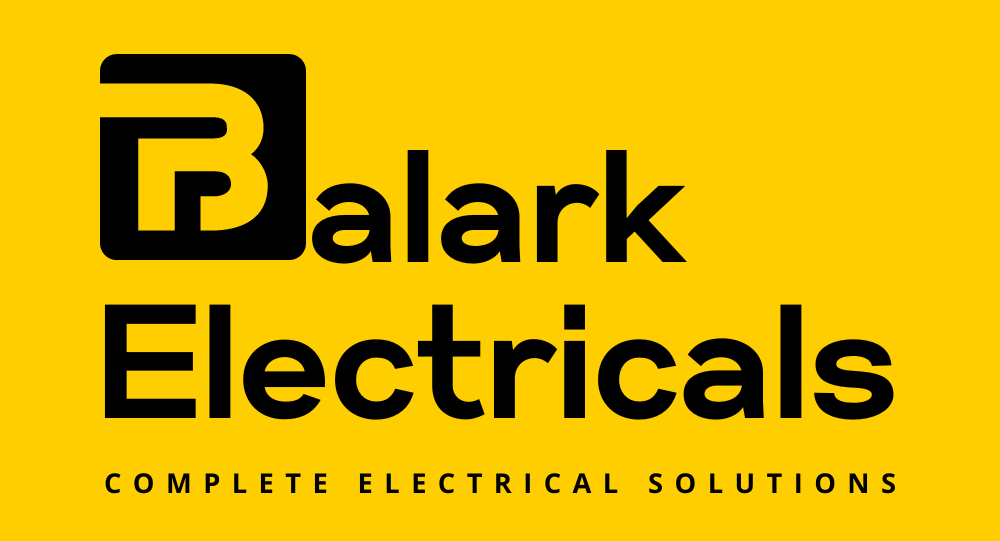
Workers UnionEmpowering Tomorrow: The Future of Electrical InstallationsWorkers Union
In the dynamic realm of electrical installations, the constant evolution of technology and sustainability practices is paving the way for a future that is both innovative and environmentally conscious. This blog aims to delve into the trends and advancements that will shape the future of electrical installations, exploring the impact of smart technologies, eco-friendly practices, and the ongoing pursuit of efficiency.
Section 1: Smart Technologies Revolutionizing Electrical Installations
The integration of smart technologies is transforming the way we interact with and control electrical systems. From smart home automation to intelligent grid management, these technologies are enhancing efficiency, convenience, and overall energy management. One key player in this revolution is the Internet of Things (IoT). Devices connected through IoT enable seamless communication and automation, allowing users to monitor and control various electrical components remotely.
Smart lighting systems are at the forefront of this transformation. These systems not only provide energy-efficient alternatives but also offer customizable lighting solutions that adapt to user preferences. For instance, sensors can adjust lighting levels based on natural light availability or occupancy, optimizing energy usage without compromising comfort.
Moreover, the concept of smart grids is gaining traction. Smart grids utilize advanced communication and control technologies to optimize the generation, distribution, and consumption of electricity. By intelligently managing energy resources, these grids enhance reliability, reduce losses, and accommodate the integration of renewable energy sources.
Empowering Tomorrow: The Future of Electrical Installations


Sustainability in Electrical Installations
Sustainability is a driving force in the future of electrical installations. As environmental concerns continue to grow, the industry is increasingly focused on reducing its ecological footprint. This section explores how sustainable practices are being incorporated into electrical installations.
Renewable energy sources play a pivotal role in sustainable electrical installations. Solar panels, wind turbines, and other clean energy technologies are becoming more prevalent, contributing to a diversified and eco-friendly energy mix. The shift towards renewable sources not only addresses environmental concerns but also promotes energy independence and resilience.
Additionally, energy storage solutions are gaining prominence. Advanced battery technologies enable efficient storage of excess energy generated during peak production periods, which can then be utilized during periods of high demand or low renewable energy generation. This approach mitigates the challenges associated with the intermittent nature of renewable energy sources.
Section 3: Energy Efficiency as a Core Objective
Energy efficiency remains a core objective in the future of electrical installations. This section explores the various initiatives and technologies aimed at optimizing energy usage across residential, commercial, and industrial settings.
Building Management Systems (BMS) are central to enhancing energy efficiency in commercial and residential structures. These systems enable centralized control and monitoring of various electrical components, including lighting, HVAC (heating, ventilation, and air conditioning), and security systems. Through real-time data analysis and automation, BMS contributes to energy savings by ensuring that systems operate at optimal levels.
Furthermore, energy-efficient appliances and equipment are becoming standard in modern electrical installations. The market is witnessing a shift towards products that adhere to stringent energy efficiency standards, resulting in reduced energy consumption and lower utility bills for consumers.
Challenges and Considerations in the Future of Electrical Installations
While the future of electrical installations promises innovation and sustainability, it is essential to acknowledge and address the challenges that accompany these advancements. This section explores considerations such as cybersecurity, infrastructure upgrades, and the need for skilled professionals.
The increased connectivity brought about by smart technologies introduces new vulnerabilities, necessitating robust cybersecurity measures. As electrical installations become more interconnected, ensuring the integrity and security of the systems becomes paramount. Industry stakeholders must invest in cybersecurity protocols to safeguard against potential threats and unauthorized access.
Infrastructure upgrades pose another challenge in the transition to future-ready electrical installations. Aging infrastructure may require significant investment to accommodate new technologies and ensure compatibility with emerging standards. Additionally, the integration of renewable energy sources may necessitate enhancements to the existing grid infrastructure to support bidirectional energy flows.
The demand for skilled professionals in the electrical industry is on the rise. As technologies evolve, there is a growing need for professionals who are well-versed in smart technologies, renewable energy systems, and energy-efficient practices. Continuous education and training programs will be crucial to preparing the workforce for the challenges and opportunities presented by the future of electrical installations.
In conclusion, the future of electrical installations is marked by a convergence of smart technologies, sustainability practices, and a relentless pursuit of energy efficiency. The integration of IoT, the rise of sustainable energy sources, and a focus on energy-efficient solutions are shaping a landscape that is not only technologically advanced but also environmentally responsible.
As we navigate this transformative journey, it is imperative to address challenges such as cybersecurity, infrastructure upgrades, and the need for skilled professionals. By overcoming these challenges, the electrical industry can pave the way for a future where power systems are not only intelligent and efficient but also resilient and sustainable.
In embracing these advancements, we empower tomorrow – a tomorrow where electrical installations play a pivotal role in building a more connected, sustainable, and energy-efficient world.

Roberta Mac
Risus nec feugiat in fermentum